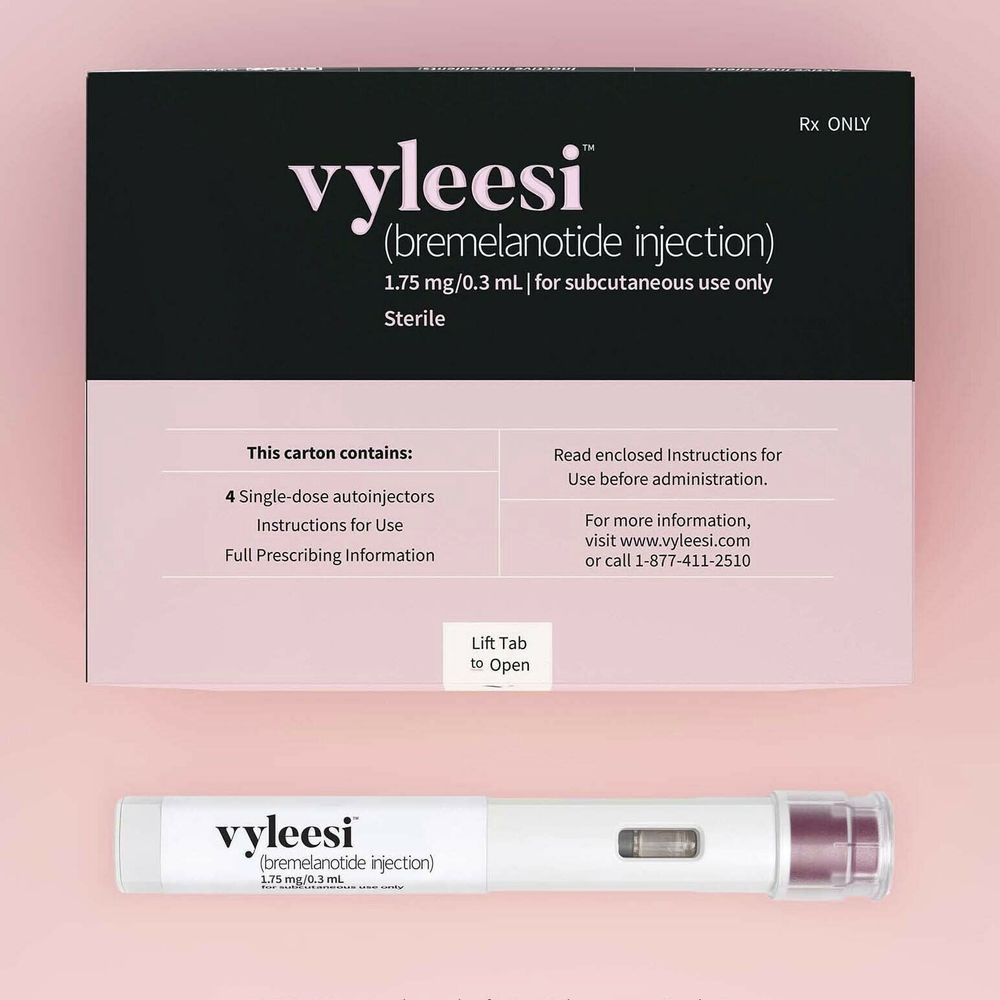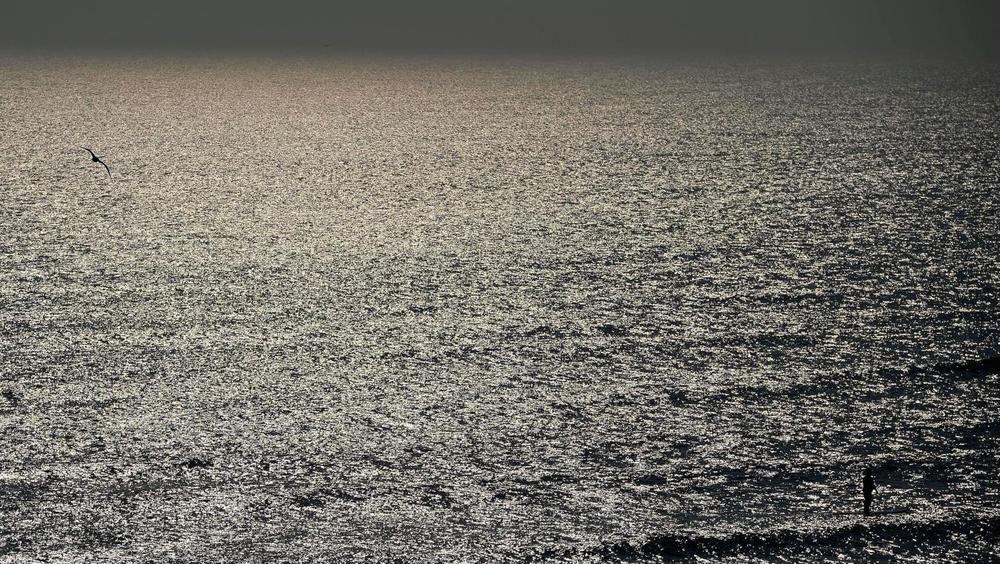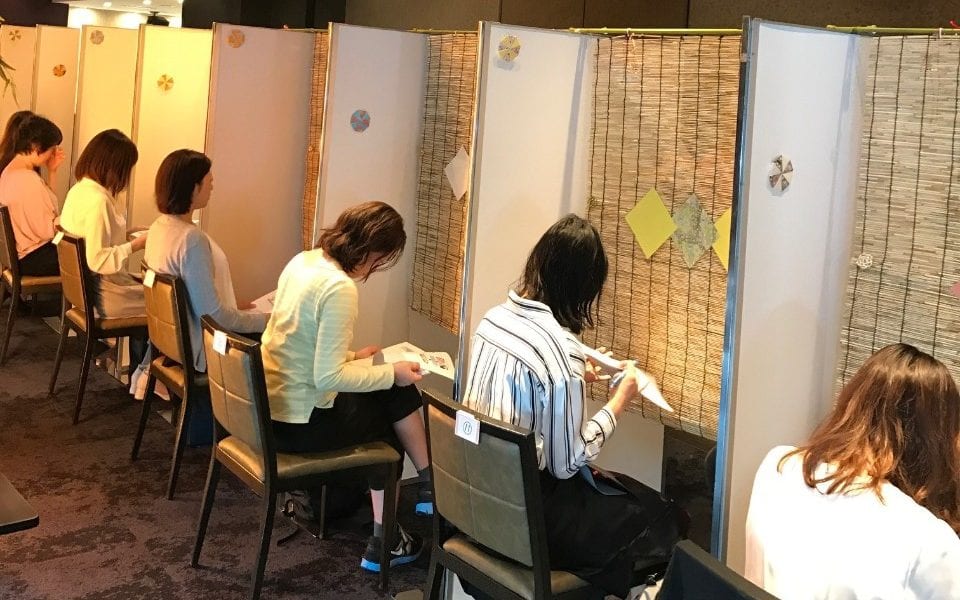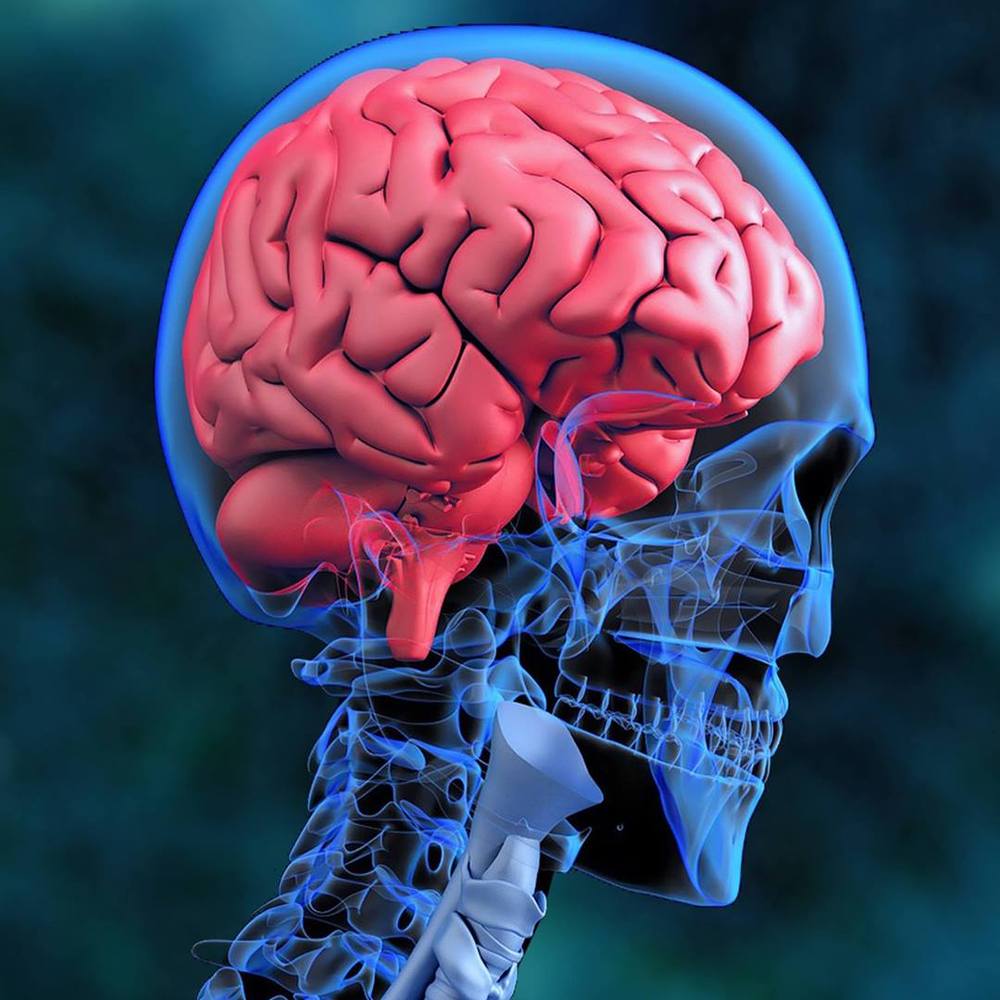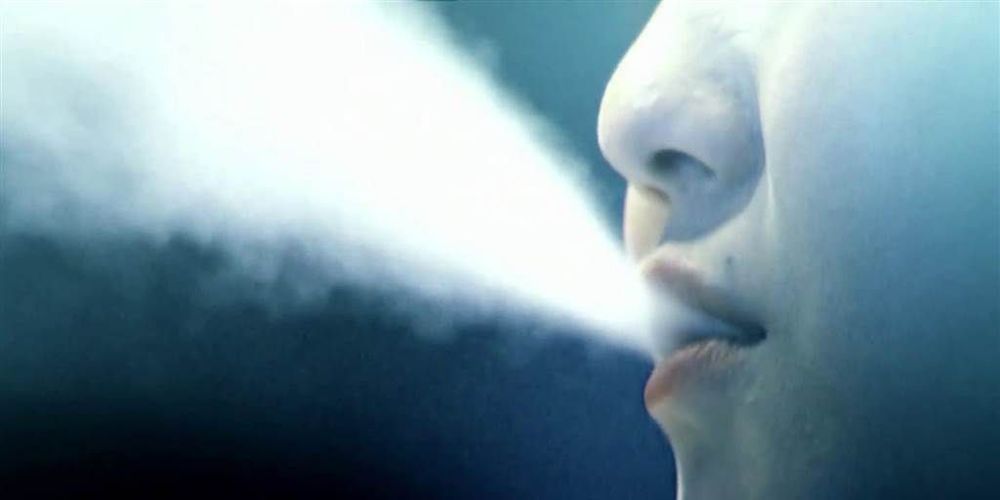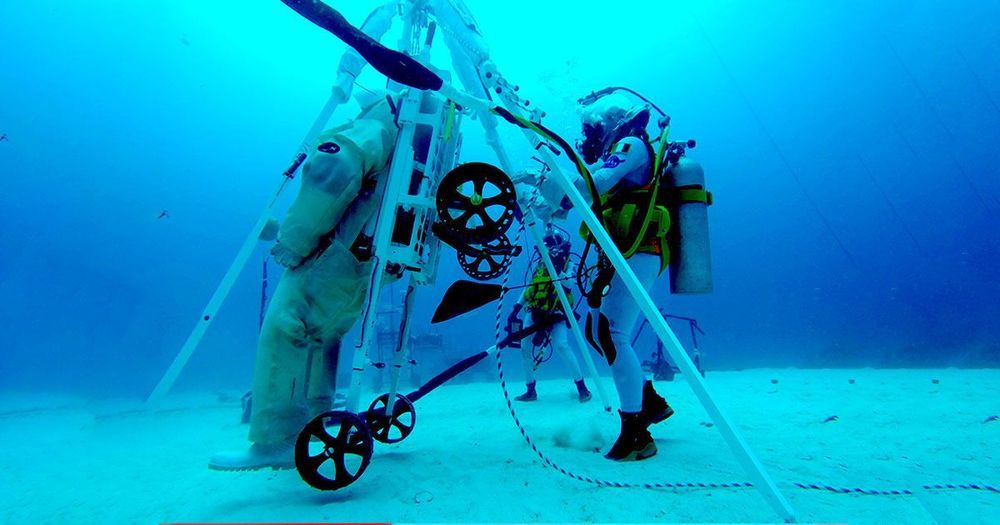Jun 23, 2019
21st Century Medicine –Expanding the Boundaries of Preservation Science
Posted by Paul Battista in categories: biotech/medical, cryonics, life extension, science, transportation
21st Century Medicine has developed an entire platform technology focused on the creation and commercialization of hypothermic preservation and cryopreservation techniques that enable protection, preservation, transportation, storage & future use of valuable living systems. These developments have taken science far beyond conventional preservation limits. 21CM scientists continue to prove long-term protection and preservation of complex living systems is not only possible, but commercially viable.
It means that a vital link has been created that we call “Bio Logistics”.
Biopharmaceutical companies get a larger window in which to test new drug candidates on viable premade and cryopreserved tissue slices that function like fresh.
